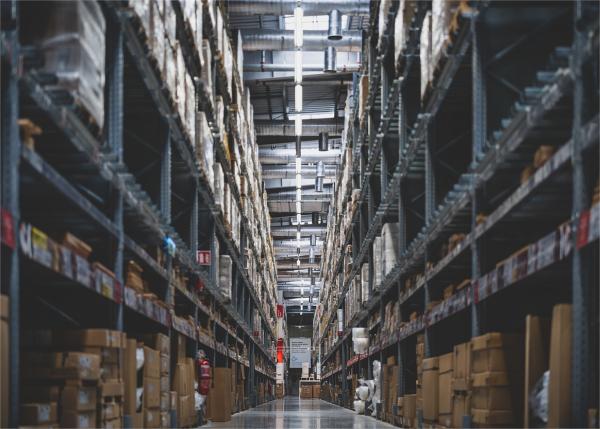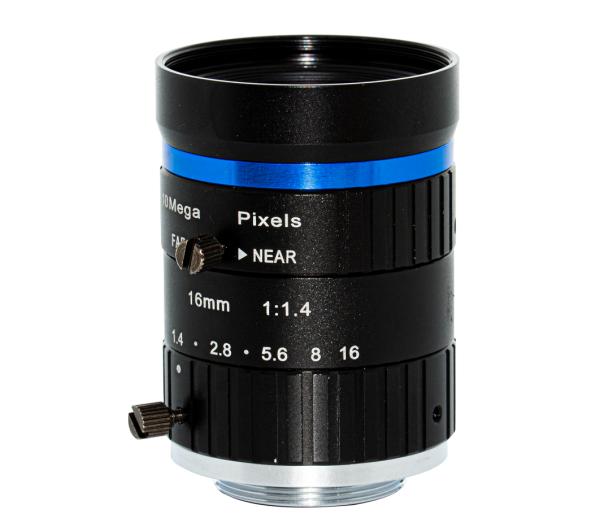- Home
- News
- What Are The Common Focal Lengths For Industrial Lenses? What Factors Need To Be Considered When Selecting A Model?
What Are The Common Focal Lengths For Industrial Lenses? What Factors Need To Be Considered When Selecting A Model?
1、What are the commonly used focal lengths of industrial lenses?
There are many focal lengths used in industrial lenses. Generally, different focal length ranges are selected according to the needs of shooting. Here are some common examples of focal lengths:
A.4mm focal length
Lenses of this focal length are most suitable for shooting large areas and close distances, such as factory workshops, warehouses, etc.
B.6mm focal length
Compared with the 4mm focal length lens, this is a slightly longer focal length lens, suitable for slightly larger occasions. Many large industrial equipment, such as heavy machine tools, large production lines, etc., can use a 6mm lens.
C.8mm focal length
An 8mm lens can capture larger scenes, such as a large production line, warehouse, etc. It should be noted that a lens of this focal length may cause image distortion in large scenes.
Industrial lens to shoot larger scenes
D.12mm focal length
Compared with the 8mm focal length lens, the 12mm lens has a wider shooting range and is more suitable for use in larger scenes.
E.16mm focal length
The 16mm focal length lens is a medium-focal length lens, suitable for shooting at medium distances. It can be used to shoot specific parts of a factory, such as machinery, equipment, etc.
F.25mm focal length
The 25mm lens is a relatively telephoto lens, which is more suitable for long-distance shooting, such as shooting a panoramic view of the entire factory from a high point.
G.35mm, 50mm, 75mm and other focal lengths
Lenses such as 35mm, 50mm, and 75mm are longer focal length lenses that can be used to photograph industrial facilities farther away, or for macro (extremely close shooting distance) photography to capture more details in the picture.
2、What factors should be considered when selecting industrial lenses?
When selecting an industrial lens, the following factors need to be considered:
A.Application needs
Before selecting a lens, determine what type of lens your application requires. Because different applications require different types of parameters such as aperture, focal length and field of view.
For example, do you need a wide-angle lens or a telephoto lens? Need fixed focus or zoom capability? These are determined based on application requirements.
Select industrial lenses based on application requirements
B.Optical parameters
Aperture, focal length and field of view are all important parameters of a lens. Aperture determines the amount of light that the lens transmits, and a large aperture can achieve better image quality in low light conditions; focal length and field of view determine the field of view and magnification of the image.
C.Image resolution
When selecting a lens, you also need to choose a suitable lens based on the image resolution requirements. The resolution of the lens should match the pixels of the camera to ensure high-quality images.
D.Optical quality of the lens
The optical quality of the lens directly determines the clarity and distortion of the image. Therefore, when choosing a lens, you should consider a lens from a reliable brand to ensure stable optical performance.
E.Environmental adaptability
When selecting a lens, you also need to consider the environmental conditions of your application. For example, if the application environment has factors such as dust, moisture, or high temperature, you need to choose a lens that is dustproof, waterproof, and high temperature resistant.
F.Lens budget
Budget is one of the important factors to consider when choosing a lens. Different brands and models of lenses have different prices, so make sure you choose the right lens according to your budget range.
Final Thoughts:
ChuangAn has carried out the preliminary design and production of industrial lenses, which are used in all aspects of industrial applications. If you are interested in or have needs for industrial lenses, please contact us as soon as possible.

